<Intriguing Insights: 7 Uncommon Facts About Our Solar System>
Written on
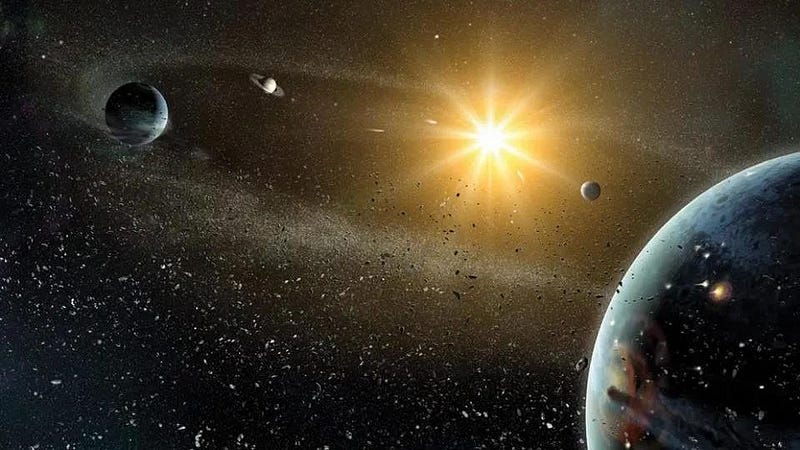
Here in our Solar System, a solitary star serves as the anchor, surrounded by rocky inner planets, an asteroid belt, and distant gas giants, culminating in the Kuiper belt and Oort cloud. This arrangement is not typical across all stellar and planetary systems, indicating that our Solar System has distinct characteristics that may not be shared with exoplanetary systems.
# 7 Uncommon Facts About Our Solar System
From the coldest planets to spacecraft that have left the Solar System, these obscure facts can stump even many professional astronomers.
Can you answer all seven questions correctly?
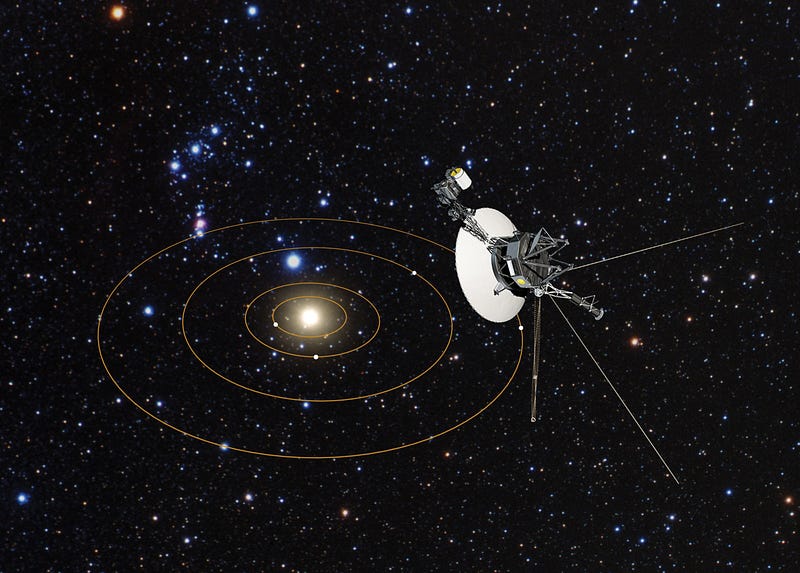
In 1977, NASA's Voyager 1 and 2 spacecraft embarked on their groundbreaking journey through the Solar System to explore the giant outer planets. Now, both Voyagers are traversing uncharted territory as they move beyond our Solar System, gathering data on the interstellar medium, the enigmatic region between stars filled with remnants of ancient stars. Voyager 1 became the most distant spacecraft from Earth in 1998, and no other spacecraft launched since then has a chance of reaching it.
1.) How many spacecraft have exited the Solar System?
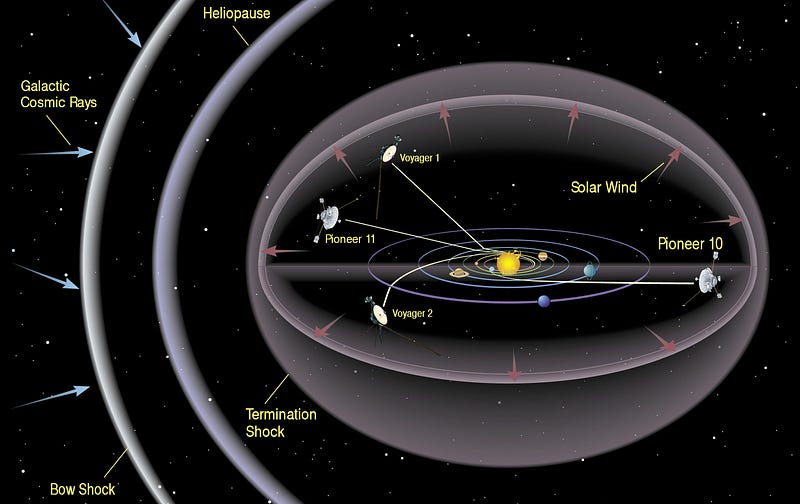
Only three spacecraft have crossed the heliopause: Voyager 1, Voyager 2, and Pioneer 10.
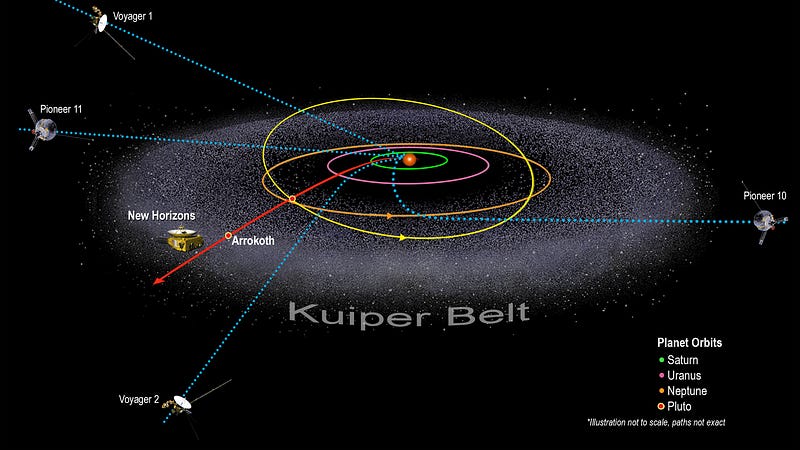
Currently, five spacecraft are either on their way out of the Solar System or have already exited. Pioneer 10 held the record for being the farthest spacecraft from the Sun from 1973 to 1998 until Voyager 1 surpassed it. In 2023, Voyager 2 also exceeded Pioneer 10's distance, and New Horizons is expected to eventually surpass both Pioneer 11 and Pioneer 10. By 2098, Ulysses will receive a gravitational boost, bringing the total to six spacecraft on a trajectory to leave the Solar System.
2.) Which planet has hotter daytime temperatures: Venus or Mercury?
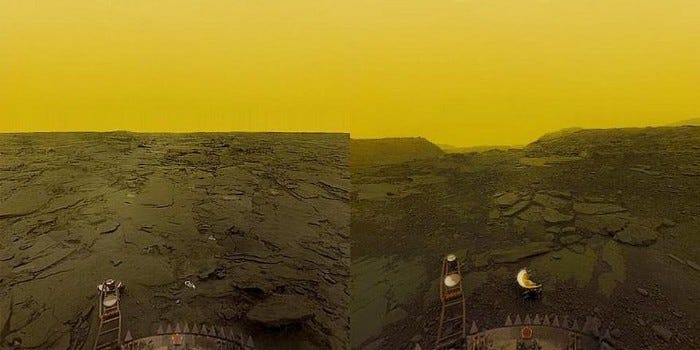
Venus consistently maintains a temperature of 464 °C (867 °F), which is higher than the peak temperatures recorded on Mercury.
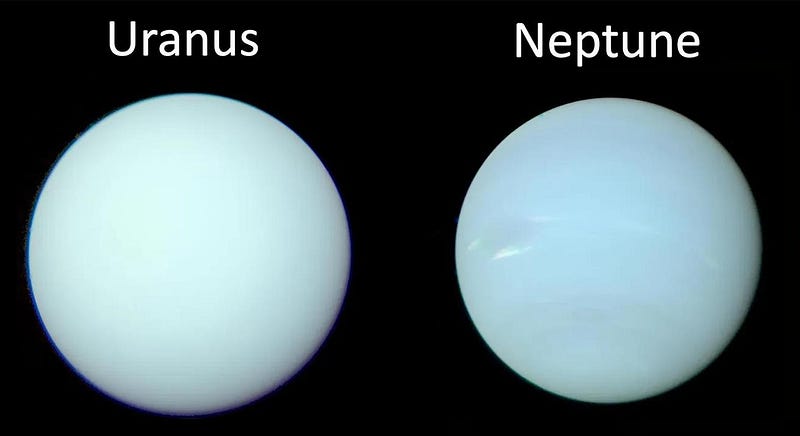
3.) Which planet in the Solar System is the coldest?
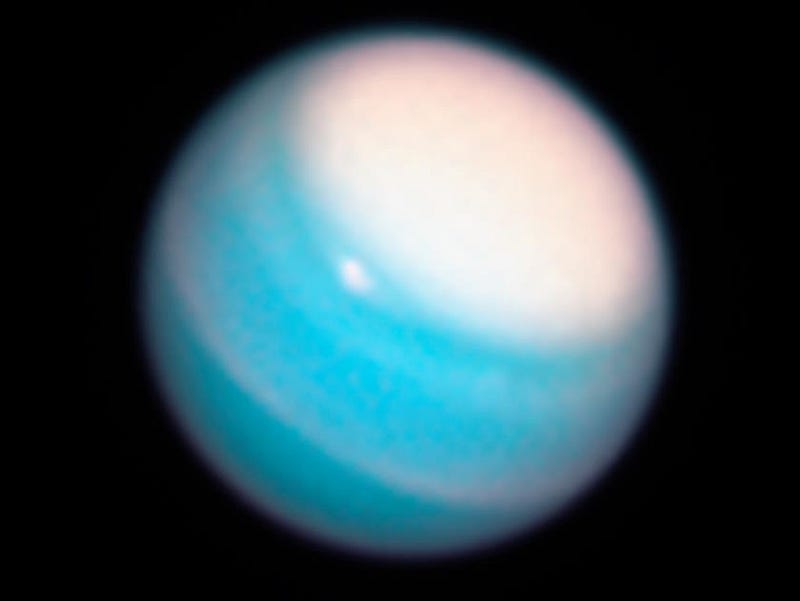
Uranus holds the record for the lowest temperatures at -224 °C (-372 °F).
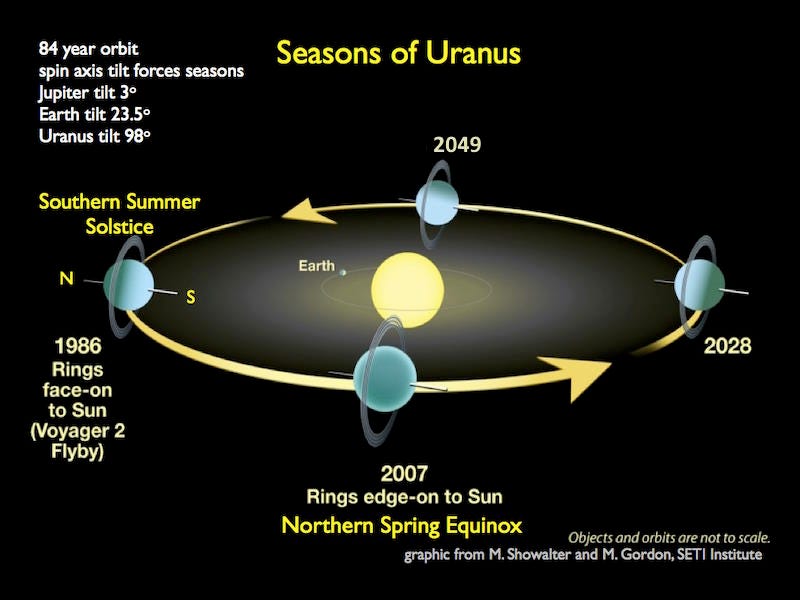
Its poles experience long periods of darkness, resulting in even colder temperatures than Neptune.
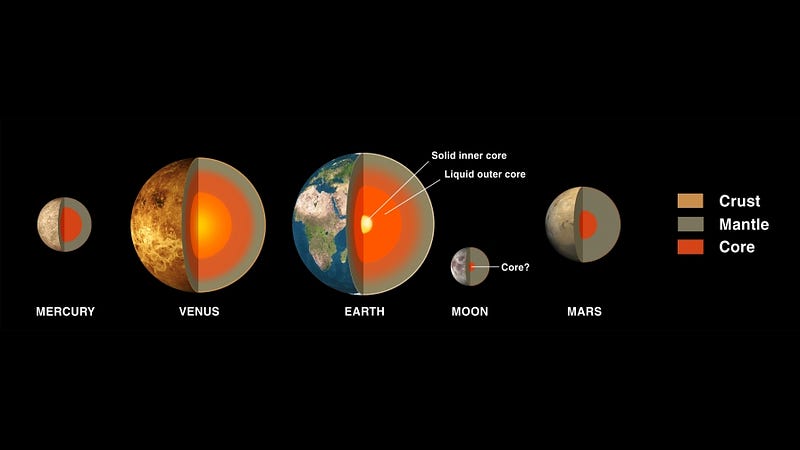
4.) How many non-planetary bodies are larger than Mercury?
Only two celestial bodies exceed Mercury's size: Ganymede, a moon of Jupiter, and Titan, a moon of Saturn.
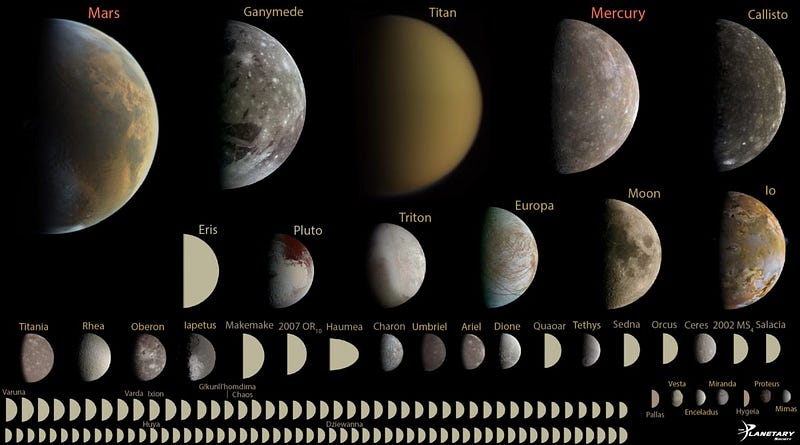
5.) Which planet has the highest density?
Earth is the densest planet in the Solar System at 5.51 g/cm³, surpassing all others in density due to gravitational compression.
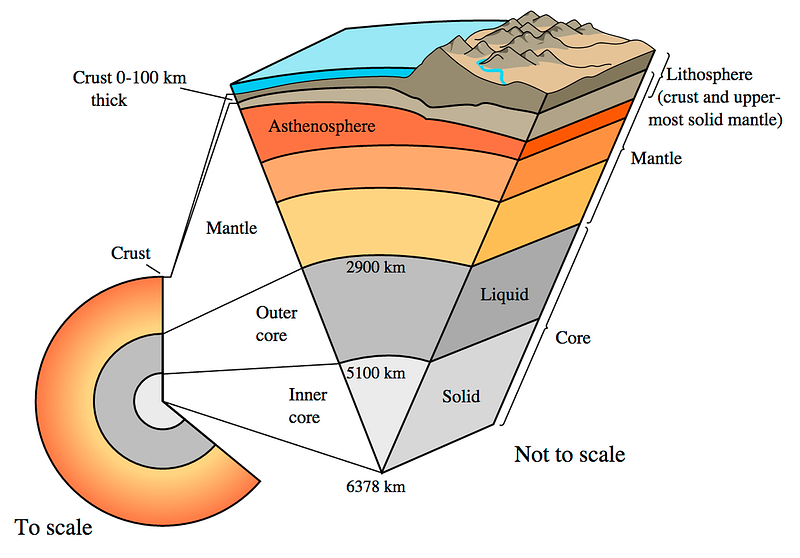
6.) Which rocky world is the most abundant in water?
Ganymede, Jupiter's moon, contains the most water in any form within the Solar System, followed by Titan, Callisto, and Europa. Earth ranks fifth.
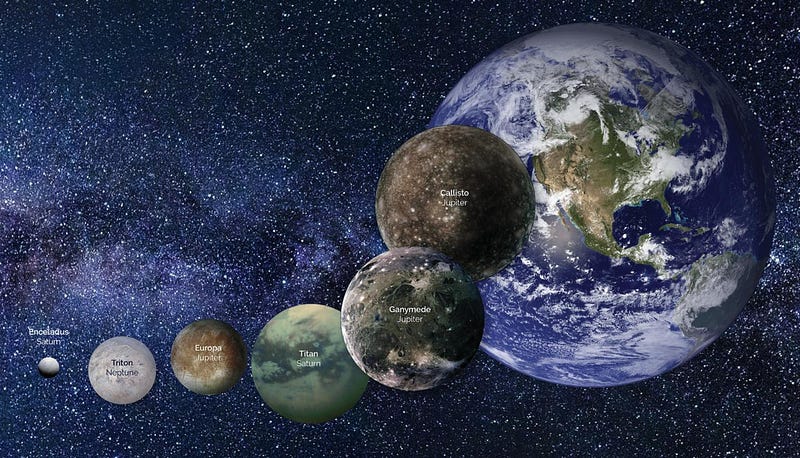
7.) Which planet primarily influences Mercury's orbital precession?
Venus contributes the most to Mercury's precession, followed by Jupiter and then Earth.
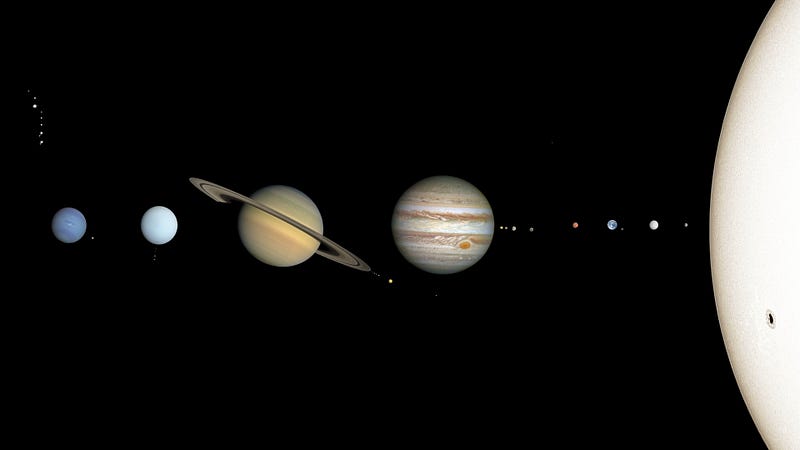
An additional unexplained factor of 43 arc-seconds per century highlights the validity of General Relativity.
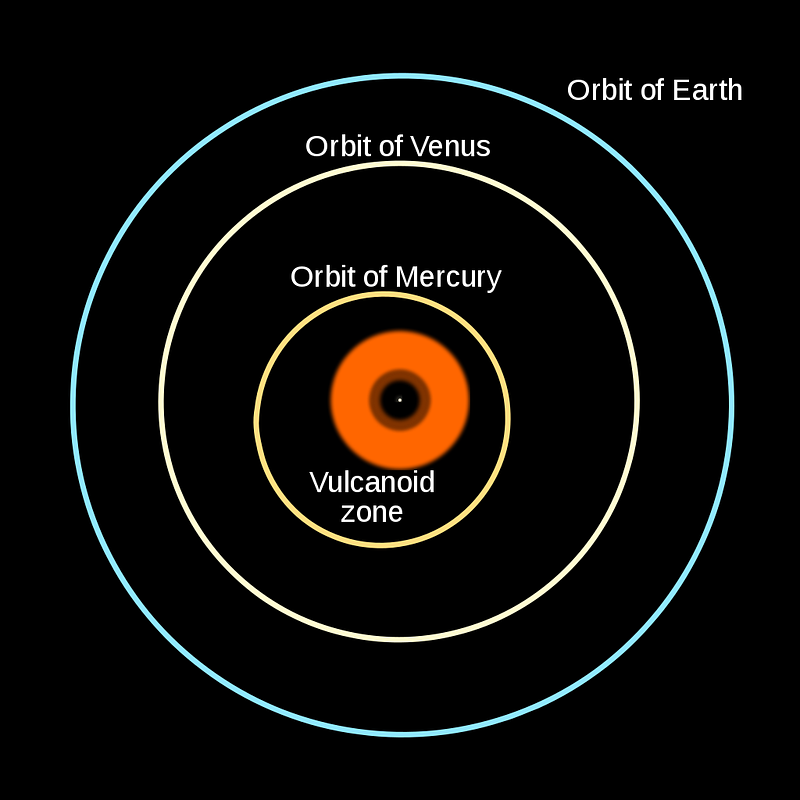
Mostly Mute Monday presents an astronomical narrative through visuals with minimal text.
Starts With A Bang is penned by Ethan Siegel, Ph.D., who authored several works, including Beyond The Galaxy and Treknology. Look for his upcoming titles, including Encyclopaedia Cosmologica!